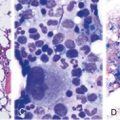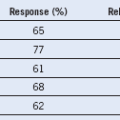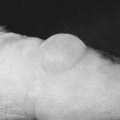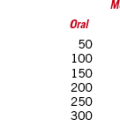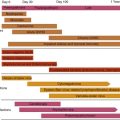Chapter 5 Paroxysmal Nocturnal Hemoglobinuria
Recent Posts
- The Modern Man’s Guide to His Late 30s: From Stress to Solutions
- The Importance of Activity Calendars in Assisted Living Communities
- Top 4 Mistakes Mental Health Providers Make in Billing
- The Cultural Shift: How Beauty Standards Vary by Ethnicity and Why It Matters in Plastic Surgery
- Where to Find the World’s Best Brain Tumor Therapies
Categories
- Allergy and Immunology
- Anesthesiology
- Basic Science
- Cardiothoracic Surgery
- Cardiovascular
- Complementary Medicine
- Critical Care Medicine
- Dermatology
- Emergency Medicine
- Endocrinology, Diabetes and Metabolism
- Gastroenterology and Hepatology
- Hematology, Oncology and Palliative Medicine
- Internal Medicine
- Medical Education
- Neonatal – Perinatal Medicine
- Nephrology
- Neurology
- Neurosurgery
- Nursing & Midwifery & Medical Assistant
- Obstetrics & Gynecology
- Opthalmology
- Orthopaedics
- Otolaryngology
- Pathology
- Pediatrics
- Physical Medicine and Rehabilitation
- Plastic Reconstructive Surgery
- Psychiatry
- Pulmolory and Respiratory
- Radiology
- Rheumatology
- Sleep Medicine
- Surgery
- Test
Home » Paroxysmal Nocturnal Hemoglobinuria
Paroxysmal Nocturnal Hemoglobinuria
Published on 04/03/2015 by admin
Filed under Hematology, Oncology and Palliative Medicine
Last modified 22/04/2025
Print this page
